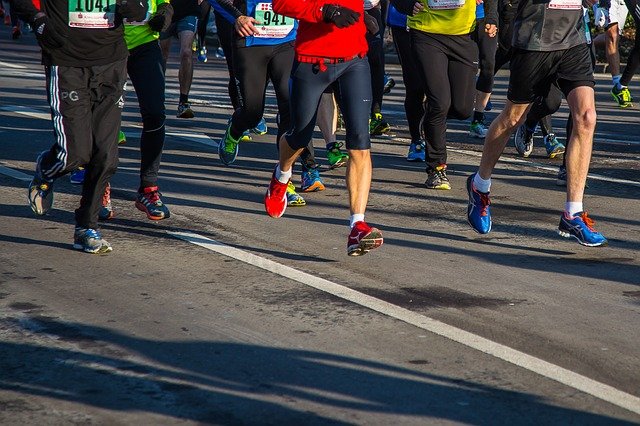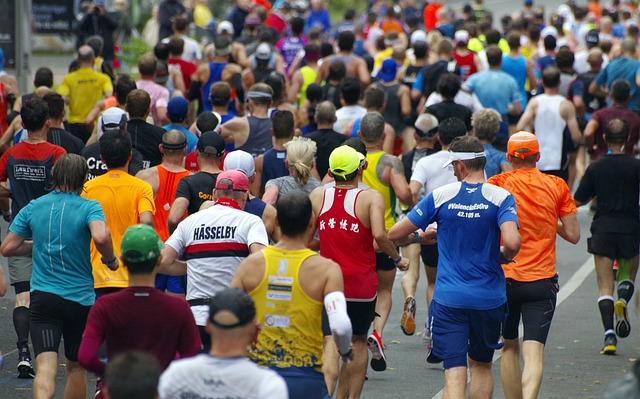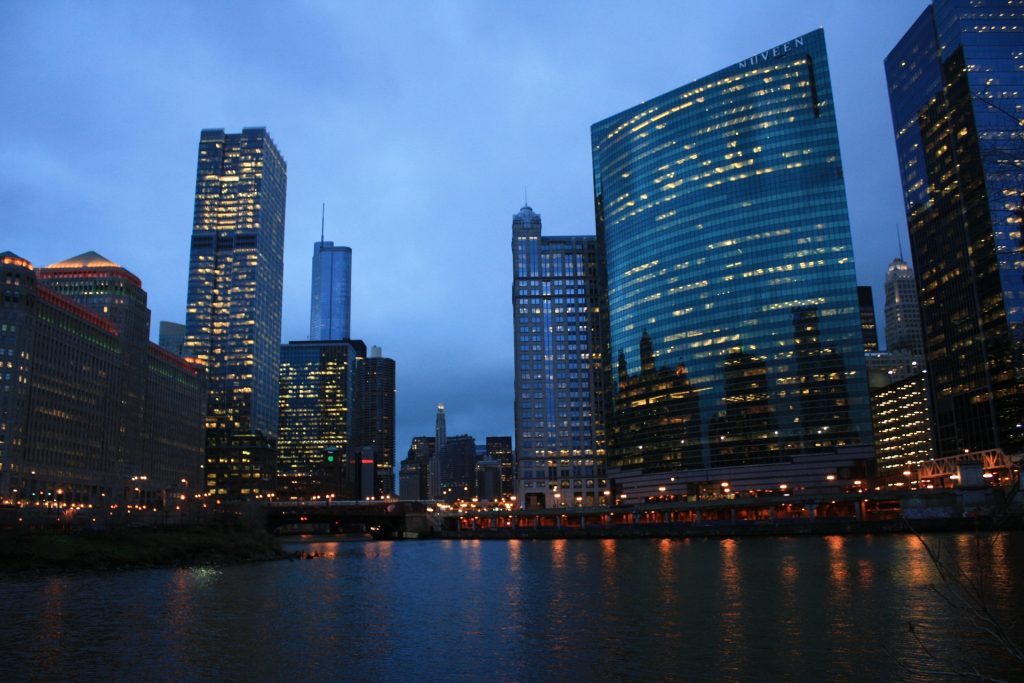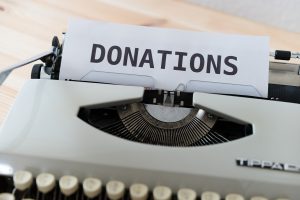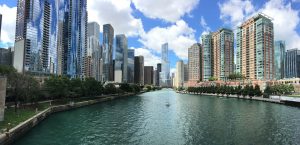Chicago
is a wonderful place to live, featuring fabulous beaches (and the Chicago
River), great culture (the Art Institute of Chicago and the Museum of
Contemporary Art), impressive educational institutes (Northwestern University
and the University of Chicago) county fairs and so much more.
But
for the regular man/woman in the street, what are some of the issues that are
being confronted? Here we look at how
the region deals with the following: recidivism, housing and health.
A
recent report published by the Metropolitan Planning Council in conjunction
with the Illinois Justice Project
has pointed out a practical way of decreasing recidivism. It found that since so many of these programs
focus on jobs, there is a lack of attention given to another hugely important
area for returning prisoners: housing. The
report is suggesting a greater focus on this matter.
As such, the report has
assembled over a dozen proposals that could assist government officials in this
task and save the state of Chicago $100+m per year. Given that the
current recidivism figures are close to 40 percent this is a huge issue. The report found that a large number of these
individuals returning to prison were struggling with housing. According to co-author of the Re-Entry
Housing Issues in Illinois
report, King Harris:
“The discussion around preventing recidivism is always focused on job training for people and somewhat on their health needs. Rarely is the conversation focused on housing and we feel that is the missing link.”
Another issue for Chicagoans is the reduction
in their housing value. The weakest
rate of growth in over 42 months was reported in May of this year. According to the S&P CoreLogic
Case-Shiller Indices, there was a miniscule 1.6 percent growth in the value
local single family homes. compared to
the nation average, overall home prices developed less than half the 3.4
percent rate. one reason cited for this is slow job growth which again adds to
recidivism issues.
In better news though, healthcare
could be seen to be booming, or at least, hospitals. Chicago’s Northwestern Memorial Hospital was
ranked number 10 out of nearly 5,000 US hospitals in the 2019-20
Best Hospitals study.
furthermore, according to a recent
article by Lynne Marek:
“When it comes to health care, the Chicago area has a cottage industry of private-equity firms that invest in that sector, also including Linden Capital Partners, Waud Capital and Water Street Healthcare Partners, among others. The city developed the niche as professionals from health care giants Abbott and Baxter moved into investing.”


